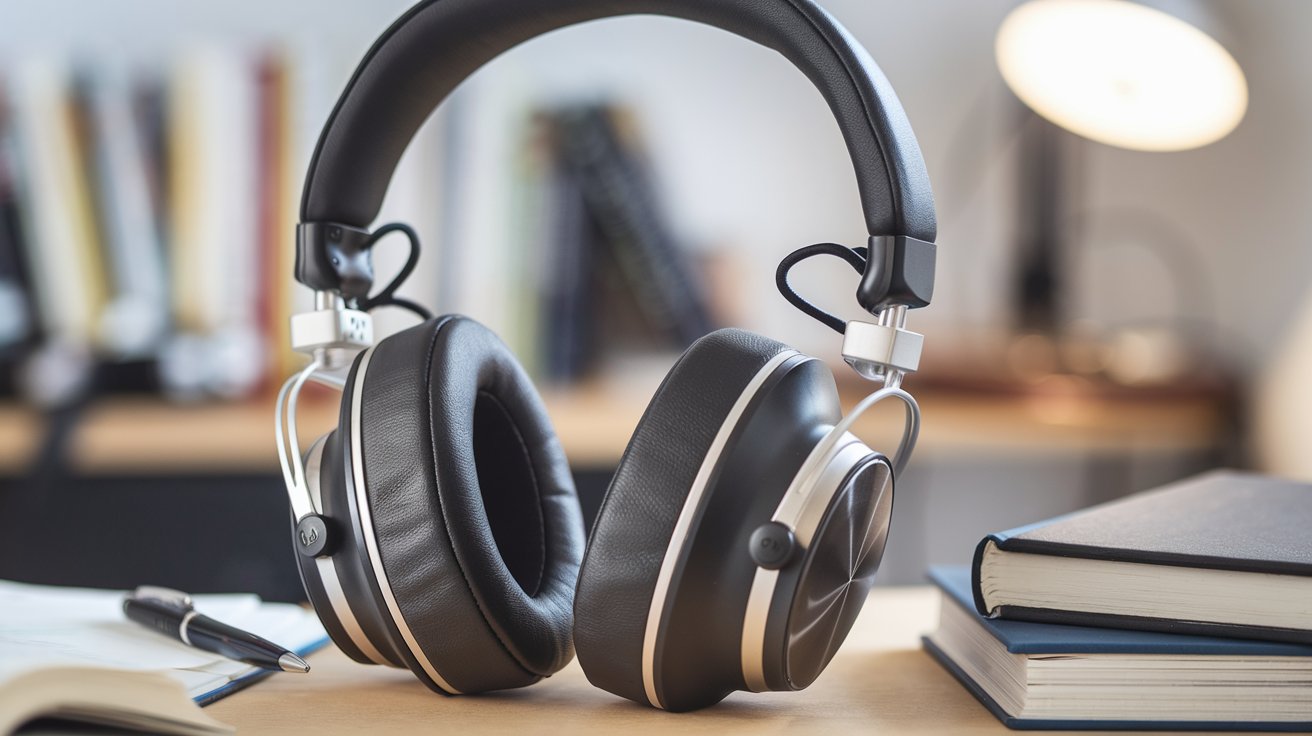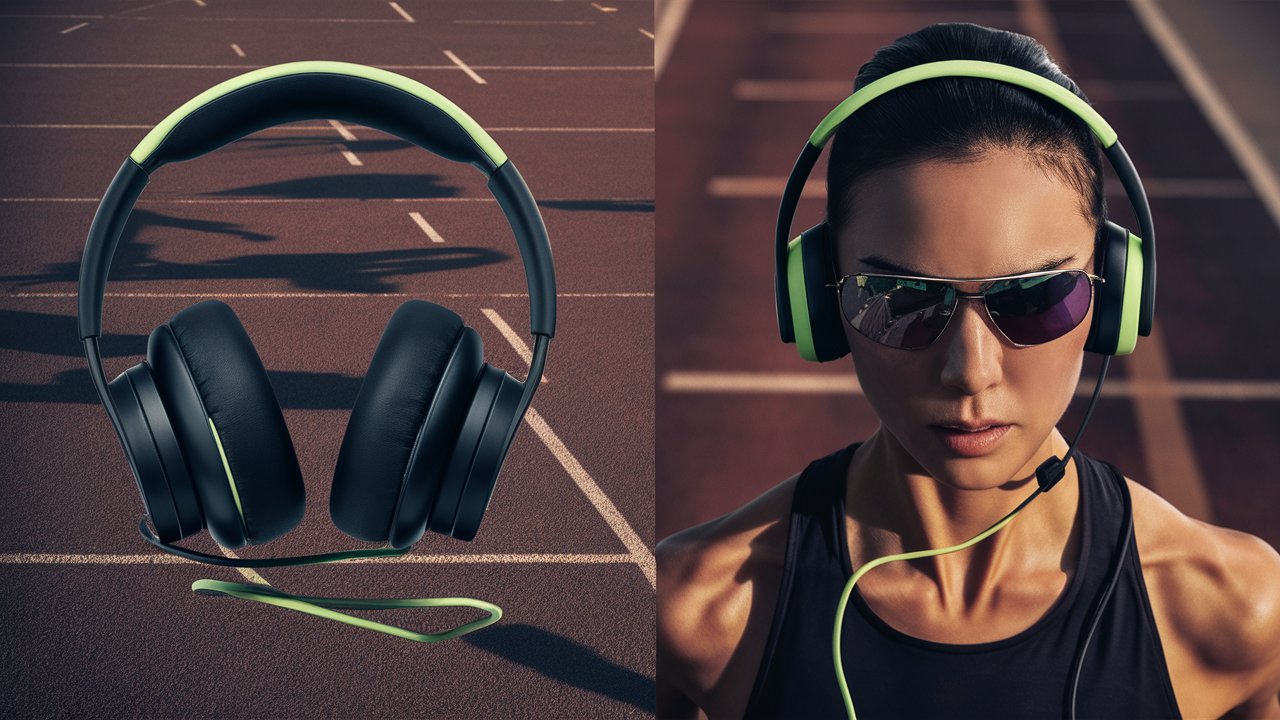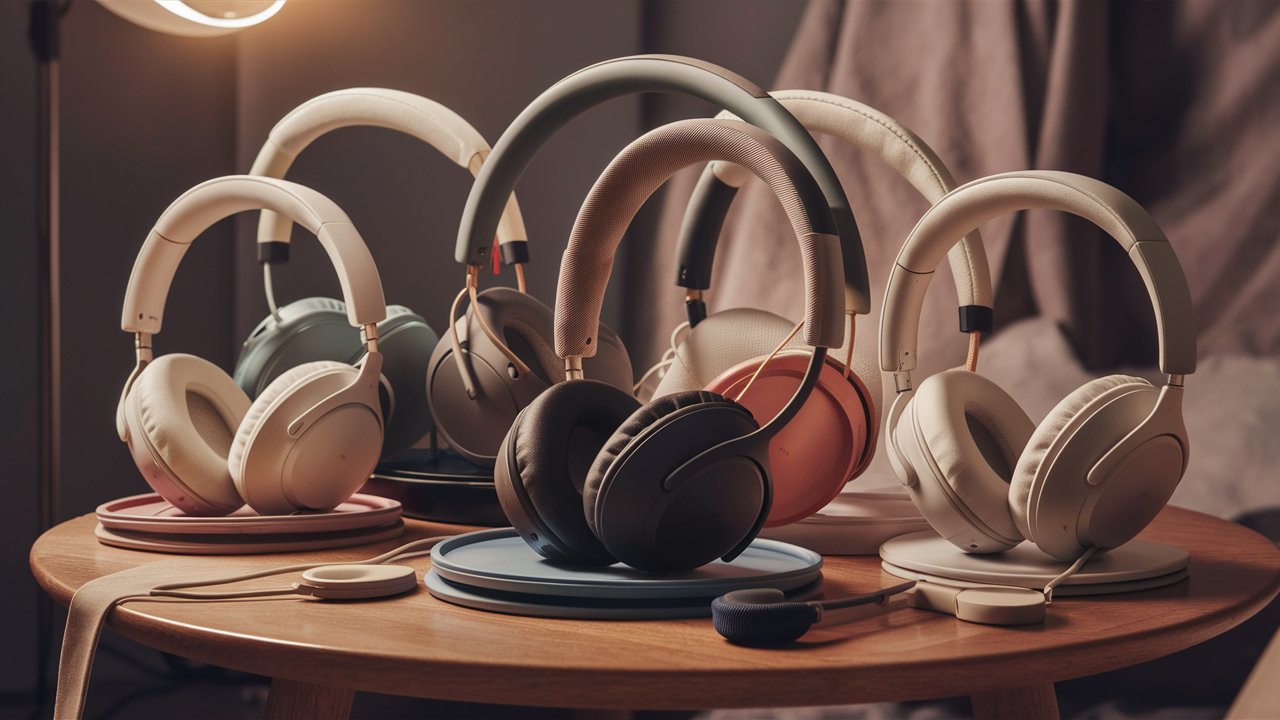In this article, we’ll explore the technology behind noise-cancelling headphones, discuss their various benefits, and dive into personal stories and insights on how they can make your daily life more enjoyable. We’ll also answer frequently asked questions to guide you in selecting the perfect pair for your needs.
The Evolution of Noise-Cancelling Technology
The first noise-cancelling headphones were created for a specific purpose: aviation. Back in the 1980s, the aviation industry sought a way to minimize the constant engine noise that could distract and exhaust pilots during long flights. Dr. Amar Bose, the founder of Bose Corporation, was on a flight when he noticed how intrusive the engine noise was, inspiring him to develop the first set of noise-cancelling headphones. What began as a tool for professionals in extreme environments soon became a product for everyday use.
Fast forward to today, noise-cancelling headphones are no longer a luxury limited to pilots or professionals. They’re accessible to everyone, from commuters on the subway to those working from busy cafes. With advancements in technology, modern noise-cancelling headphones have become more sophisticated, lighter, and stylish—without compromising sound quality.
I remember the first time I used noise-cancelling headphones. It was during a long-haul flight, and I had just invested in the Bose QuietComfort 35 II. As soon as I turned on the noise cancellation, the world outside seemed to fade away. The engine noise, the chatter of passengers, even the rustling of papers—all of it disappeared, leaving me in a blissful cocoon of sound. That moment made me realize the true value of these devices.
How Noise-Cancelling Technology Works
To truly appreciate noise-cancelling headphones, it’s important to understand how they function. The technology behind these headphones is rooted in Active Noise Cancellation (ANC), which uses microphones both inside and outside the ear cups to detect incoming sounds. Once the external noise is identified, the headphones generate sound waves that are the exact opposite, effectively canceling out the unwanted noise through a process called destructive interference.
There are two primary types of noise cancellation:
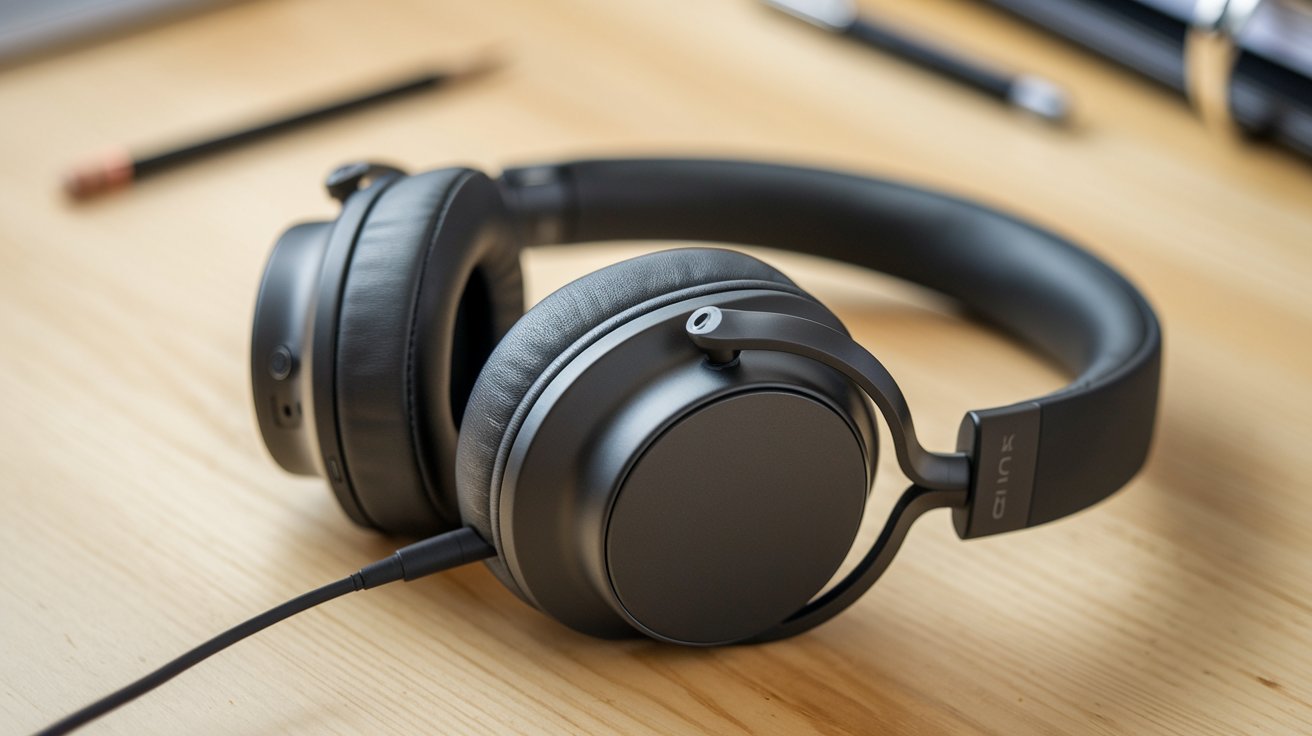
1. Passive Noise Cancellation
This is the simplest form of noise reduction and involves physically blocking out external sound. Over-ear headphones, for instance, use thick ear pads to create a seal around your ears, muffling outside noises. While this is effective for certain types of noise, it’s less useful for constant, low-frequency sounds like airplane engines or air conditioning units.
2. Active Noise Cancellation (ANC)
ANC is a more advanced form of noise reduction that actively counteracts external sounds. By using microphones to pick up surrounding noise and generating opposite sound waves, ANC cancels out background sounds before they reach your ears. This technology is particularly effective at eliminating low-frequency sounds, such as the hum of a car engine or the droning of an air conditioner.
Modern ANC headphones, like the Sony WH-1000XM5, are designed to handle a wide range of frequencies, making them suitable for everything from crowded city streets to quiet office environments. The result is an audio experience that’s immersive and free from distractions.
The Benefits of Noise-Cancelling Headphones
There’s more to noise-cancelling headphones than just drowning out background noise. They offer a variety of benefits that can significantly enhance your everyday life:
1. Improved Focus and Productivity
Whether you’re working in an open-plan office or a noisy cafe, noise-cancelling headphones help create a distraction-free environment. This allows you to concentrate better on tasks, making them an invaluable tool for remote workers, students, and professionals.
I’ve found this especially true during my daily work routine. I often head to local coffee shops to work, but the chatter and background noise can make it hard to focus. With my noise-cancelling headphones on, I can easily block out distractions, allowing me to dive into deep work without interruption. It’s like having a portable, personal office no matter where I go.
2. Enhanced Listening Experience
Noise-cancelling headphones don’t just block out unwanted sounds—they also enhance the audio you’re listening to. Without background noise competing for your attention, you can hear music, podcasts, and even phone calls more clearly. The sound becomes more immersive, allowing you to pick up on details you might otherwise miss.
One memorable experience I had with noise-cancelling headphones was during a live concert recording. I was listening to a classical orchestra piece, and the depth of sound was breathtaking. I could hear the individual notes from each instrument with crystal clarity. It felt as though I was sitting in the front row of the performance hall, even though I was just at home on my couch.
3. Reduced Stress and Fatigue
Constant exposure to noise can lead to stress and fatigue, especially during long commutes or workdays. Noise-cancelling headphones help create a more peaceful auditory environment, reducing the strain on your ears and brain. This can be particularly beneficial on flights or in busy cities, where the constant barrage of sounds can be overwhelming.
During one particularly stressful business trip, I used my Sony WH-1000XM4 headphones to block out the hustle and bustle of the airport. The noise cancellation worked so well that I was able to relax and even catch a nap during a layover. By the time I arrived at my destination, I felt refreshed and ready for the meetings ahead.
4. Better Sleep and Relaxation
For those who struggle with sleep, noise-cancelling headphones can be a game-changer. Whether you’re trying to sleep on a plane or just block out street noise at night, these headphones can create a more conducive environment for rest and relaxation. Some people even use noise-cancelling headphones to listen to white noise or calming sounds while they sleep.
Choosing the Right Noise-Cancelling Headphones
With so many options on the market, choosing the right noise-cancelling headphones can feel overwhelming. Here are a few key factors to consider:
1. Sound Quality
Not all noise-cancelling headphones are created equal when it comes to sound quality. Brands like Bose, Sony, and Sennheiser are known for offering excellent audio performance alongside top-tier noise cancellation. Look for headphones with well-balanced sound profiles, clear highs, deep lows, and minimal distortion.
2. Comfort and Fit
Since you’ll likely be wearing your headphones for extended periods, comfort is crucial. Look for models with plush ear cushions and adjustable headbands. Over-ear designs tend to offer better passive noise cancellation and comfort, while in-ear models are more portable.
3. Battery Life
Noise-cancelling headphones typically require battery power to operate the ANC feature. Most models offer anywhere from 15 to 30 hours of battery life on a single charge. Make sure to choose a pair that can meet your needs, especially if you plan on using them for travel or long work sessions.
4. Additional Features
Many modern noise-cancelling headphones come with extra features like ambient sound mode (which lets you hear your surroundings without removing the headphones), touch controls, and voice assistant integration (like Siri or Google Assistant). Depending on your lifestyle, these features could enhance your overall experience.
Personal Story: How Noise-Cancelling Headphones Changed My Commute
As someone who spends a lot of time commuting, noise-cancelling headphones have become my constant companion. My daily subway rides used to be filled with a cacophony of noise—conversations, train announcements, and the screeching of the tracks. It made the commute stressful and exhausting.
That changed when I invested in the Sony WH-1000XM4. Suddenly, my commute became something I could look forward to. With the noise cancellation activated, the external noise faded away, and I was able to immerse myself in my favorite podcasts and playlists. The difference it made was night and day. Now, my commute is a time to unwind rather than a source of stress.
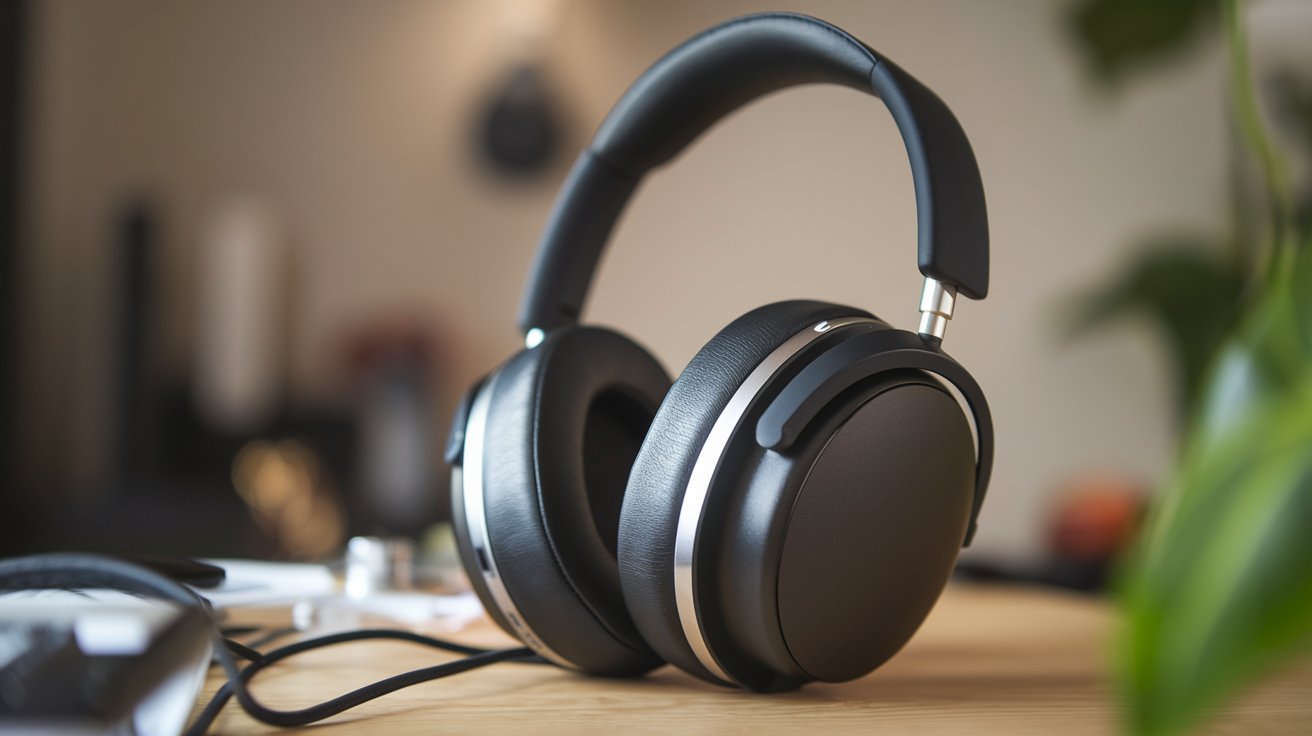
FAQs: Noise-Cancelling Headphones
Q: How do noise-cancelling headphones work?
A: They use microphones to detect external noise and generate opposite sound waves to cancel it out.
Q: Do noise-cancelling headphones block out all sounds?
A: They’re most effective at reducing low-frequency noise, but may not block out all sounds, especially higher frequencies.
Q: Can I use noise-cancelling headphones without music?
A: Yes, you can activate noise cancellation without playing any audio, making them useful for creating quiet spaces.
Q: Are noise-cancelling headphones good for travel?
A: Absolutely! They’re perfect for reducing ambient noise on planes, trains, and in busy public areas.
Q: Do noise-cancelling headphones affect sound quality?
A: On the contrary, they often enhance sound quality by reducing background noise and allowing for a more immersive listening experience
Conclusion: Elevating Your Audio Experience with Noise-Cancelling Headphones
Noise-cancelling headphones are more than just a luxury—they’ve become a necessity in our busy, noisy world. Whether you’re seeking peace and quiet, improved focus, or a more immersive audio experience, noise-cancelling headphones can transform your daily life. By investing in a high-quality pair that meets your needs
